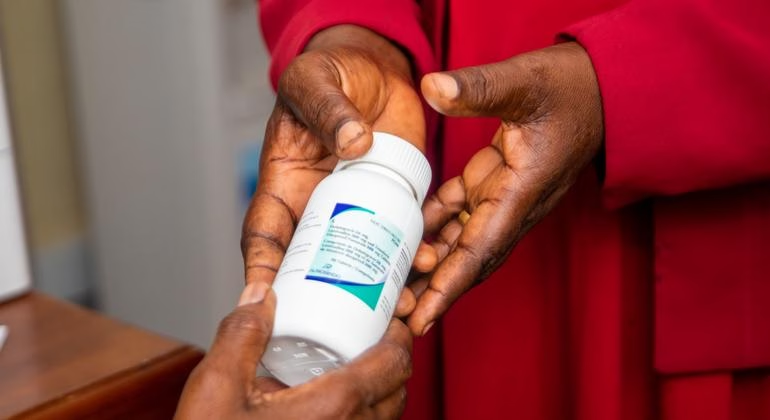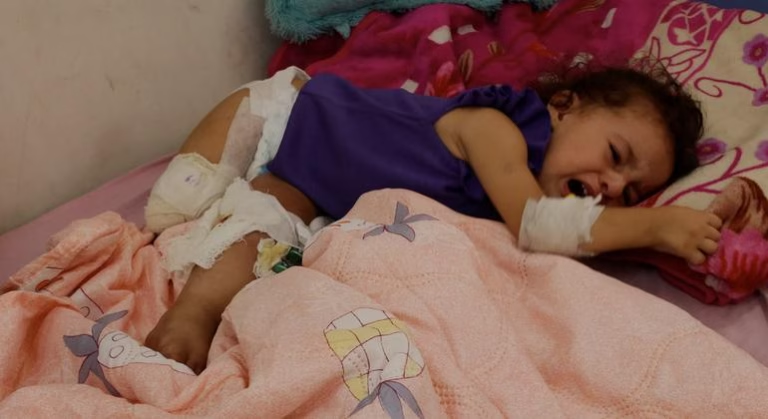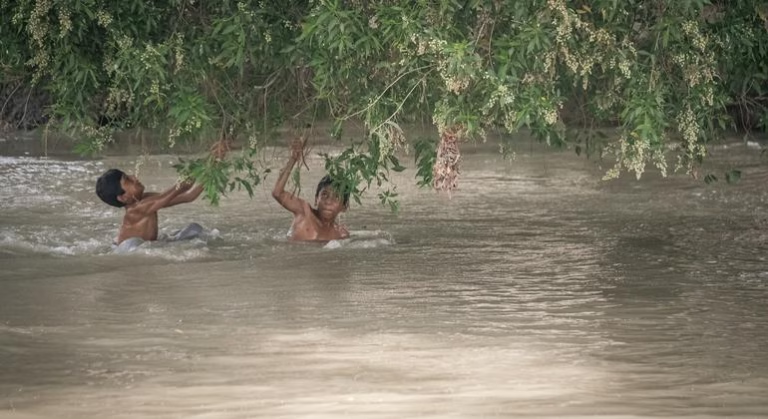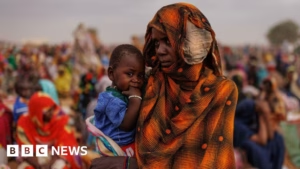
“We also anticipate an additional 8.7 million new infections. As of the last count, there were 1.3 million new infections globally in 2023.”
Speaking in Geneva, Ms. Byanyima highlighted that the funding freeze announced by the White House on 20 January is set to end next month, following a 90-day review.
“No other governments have pledged to fill the funding gap,” she informed journalists.
Already, drop-in centers where HIV patients collect their anti-retroviral medications are not reopening, “out of concern that this may not align with the new guidelines”, she maintained.
“This abrupt withdrawal of US funding has led to the closure of numerous clinics and the layoff of thousands of health workers, including nurses, doctors, lab technicians, and pharmacy workers…it’s a significant impact.”
Focus on Africa
Focusing on Africa – where the east and south of the continent account for 53 per cent of the global HIV burden – Ms. Byanyima warned that suddenly closing drop-in centers for girls and young women will be disastrous, since more than 60 per cent of new infections among young people on the continent affect girls and young women.
Speaking to UN News earlier this month, Susan Kasedde, the head of the UNAIDS office in the Democratic Republic of the Congo (DRC), mentioned ongoing uncertainties about the extent and scope of cuts to US PEPFAR initiative programs, which began in 2003 to prevent and contain HIV infections – a presidency’s emergency plan estimated to have saved 26 million lives.
There are about 520,000 individuals living with HIV in the DRC, including 300,000 women and 50,000 children. The epidemic continues to grow, as the number of new infections nearly doubles the number of deaths linked to the disease.
PEPFAR’s projected contribution for the 2025 fiscal year was expected to be $105 million, with the aim of treating half of the population living with HIV in the DRC – approximately 209,000 people.
“This means that we currently have 440,000 people living with HIV on treatment. Thanks to this treatment, they are alive,” said Ms. Kasedde.
“And treatment cannot function without operational capacity, treatment cannot be provided if there is not a proper-functioning supply chain,” she emphasized, noting that the response to HIV in the DRC largely involves interdependent programs that support each other.
Global impact of cuts
Several other UN agencies heavily reliant on US funding have also warned that the cut in support – along with chronic under-investment in humanitarian work globally – is already significantly impacting the communities they serve.
On Friday, the UN refugee agency, UNHCR, reported that thousands have been left without lifesaving aid in war-torn eastern Democratic Republic of the Congo.
The UN International Organization for Migration (IOM) also reported that funding cuts are having severe consequences for vulnerable migrant communities, exacerbating humanitarian crises and undermining essential support systems for displaced populations.
Alongside IOM, the UN Children’s Fund (UNICEF) warned last Friday that the liquidity crisis has jeopardized lifesaving work, including progress in reducing child mortality, which has fallen by 60 per cent since 1990.
“It is reasonable for the United States to want to reduce its funding over time. But the sudden withdrawal of lifesaving support is having a devastating impact across countries, particularly in Africa, but also in Asia and Latin America,” said Ms. Byanyima of UNAIDS.
“We urge for a reconsideration and an urgent restoration of services – of life-saving services.”
Presidential appeal
And in a direct appeal to President Donald Trump, the UNAIDS chief noted that just like President George W Bush had introduced the groundbreaking PEPFAR initiative, the new White House incumbent could also be part of the “prevention revolution”, involving injectable HIV injections required only twice a year for protection.
“The agreement is that an American company is enabled to produce and to license generics across the regions to produce millions and roll out this injectable to those who really need it,” she insisted.
According to UNAIDS, around 40 million people globally live with HIV, based on 2023 data. Of this number, some 1.3 million became newly infected with HIV in the same year and 630,000 people died from AIDS-related illnesses.
Source: https://news.un.org/feed/view/en/story/2025/03/1161416








